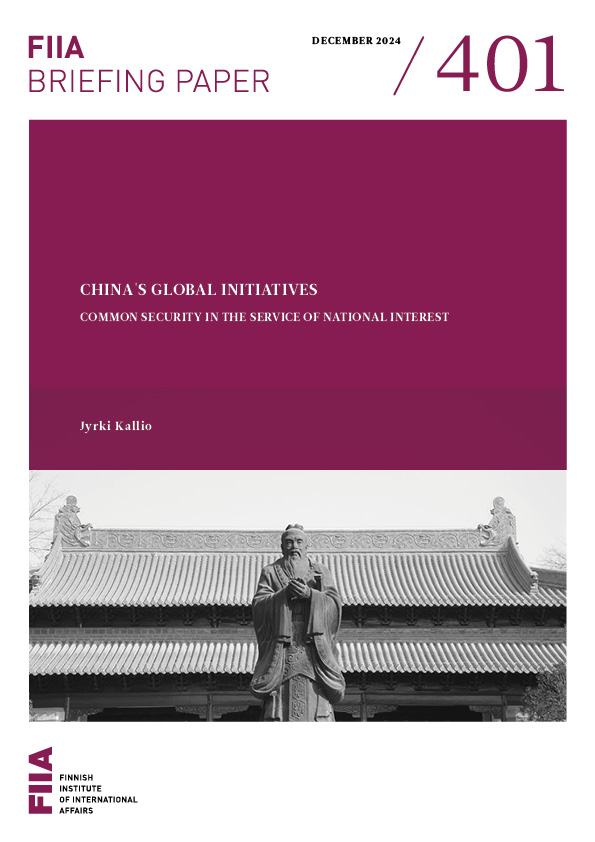Having pledged under the Kyoto Protocol to reduce its greenhouse gas (GHG) emissions by 6% relative to 1990, the most recent data show Japanese emissions actually exceeding 1990 levels by 9% in 2006.
Aggressive domestic emission cuts and the implementation of a progressive climate agenda continue to be delayed by bitter disputes between key ministries about who has the authority to draft policy on climate change.
A Koizumi-like politician, who would be at once efficient, popular and beyond reproach, and who would exercise bold leadership in pulling Japan out of this policy morass, has yet to emerge.
Since the Protocol ignores substantial emission cuts achieved through improvements in energy efficiency prior to 1990, criticism of the current Kyoto target’s unfairness is deeply rooted in Japan. Consequently, some actors, especially from industrial quarters, vehemently oppose committing to a more ambitious figure. Climate NGOs and more progressive politicians pushing for deeper cuts face a bitter struggle against entrenched interests.
The multiple stages of public consultation organized to set a target for the 2012-2020 period constituted a very unusual phenomenon in Japanese politics. The intense political struggle that surrounded this process revealed that deep divisions persist among relevant decision-makers.
Japan’s new mid-term target of an 8% cut in emissions for the Copenhagen negotiations only deepens its Kyoto commitment by 2 percentage points. This number represents reductions deemed achievable through purely domestic means, so Japan may agree in December to a deeper commitment, but significantly more ambitious concessions would be difficult to extract.




